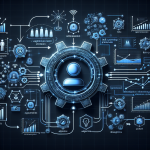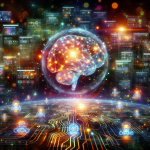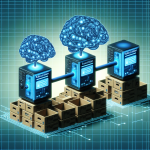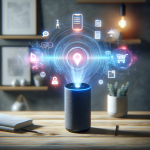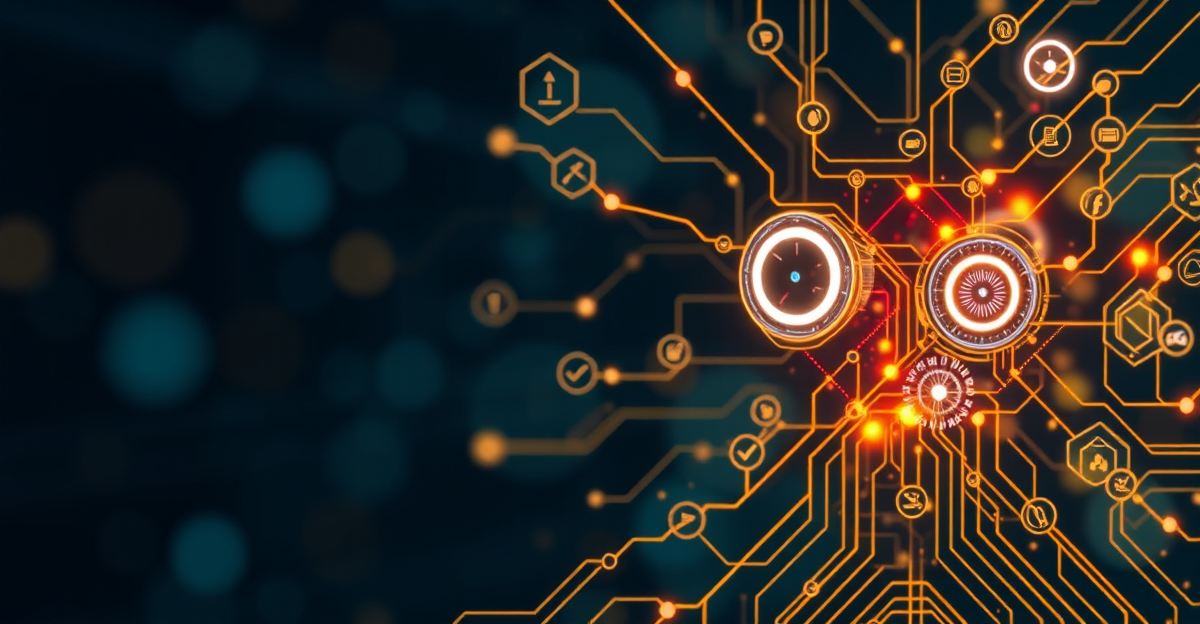The Rise of Automation in Digital Advertising
The digital advertising landscape has undergone a dramatic transformation in recent years, driven largely by advances in technology and data analytics. One of the most pivotal developments is the rise of automation powered by artificial intelligence (AI). As marketers seek more efficient and effective ways to reach consumers, automated ad campaigns are becoming not just advantageous—but essential.
How AI is Powering Ad Campaign Automation
AI is revolutionizing how advertisements are designed, delivered, and optimized. Through machine learning algorithms and data-driven insights, AI can analyze user behavior, predict optimal ad placements, and dynamically adjust campaigns in real-time. This automation allows advertisers to:
- Target audiences with precision
- Optimize bidding strategies
- Personalize content across channels
- Continuously improve performance through feedback loops
AI tools can sift through massive amounts of data and identify trends that would be impossible for humans to detect manually—maximizing ROI and minimizing waste.
Programmatic Advertising: The New Norm
At the heart of automated campaigns lies programmatic advertising, a technology that uses real-time data to buy and display ads to the right audience at the right time. This shift eliminates the need for manual media buying and greatly increases ad efficiency.
Key programmatic elements include:
- Real-time bidding (RTB): Auctions held in milliseconds for ad space
- Demand-side platforms (DSPs): Software used by advertisers to purchase ad impressions
- Supply-side platforms (SSPs): Tools that help publishers sell ad space
Programmatic advertising streamlines the ad buying process, making it faster, cheaper, and more scalable than traditional methods.
Creative Generation Through AI
AI doesn’t just help deliver ads—it helps create them too. Platforms now offer AI-driven creative tools that can generate multiple variations of text, visuals, and videos based on performance data and audience preferences.
These tools allow advertisers to:
- Test multiple versions of ads (A/B testing on steroids)
- Adapt creatives automatically based on real-time engagement metrics
- Localize campaigns for global audiences at scale
As a result, brands can maintain fresh, effective ads without investing excessive time or resources.
Benefits of Automating Ad Campaigns
Automating ad campaigns offers a host of benefits that traditional advertising simply can’t match:
- Efficiency: AI reduces the time needed to plan and execute campaigns
- Accuracy: Improved targeting ensures messages reach the right people
- Adaptability: Campaigns can pivot quickly in response to market changes
- Cost-effectiveness: Lower operational costs and better ROI
Ultimately, automation empowers marketers to focus on strategy and creativity, while AI handles the heavy lifting of data analysis and optimization.
The Challenges of AI in Advertising
Despite the potential, AI-powered ad automation is not without its challenges. Concerns about data privacy, algorithmic bias, and loss of human oversight remain significant. Additionally, over-reliance on automation may lead to generic or impersonal messaging if not carefully managed.
Advertisers must strike the right balance—leveraging automation for scalability while preserving meaningful human insights and brand voice.
Looking Ahead: The Future of AI in Advertising
As technology continues to advance, the integration of AI in advertising will only deepen. We can expect to see:
- Greater use of predictive analytics and customer data platforms (CDPs)
- Improved cross-channel campaign coordination
- Voice and conversational AI expanding ad placement opportunities
- Ethical AI practices becoming a standard requirement
In this evolving landscape, businesses that embrace AI and automation will have a competitive edge—delivering smarter, more responsive campaigns that resonate with today’s digital-first consumers.
Conclusion
The automation of ad campaigns through AI is not a fleeting trend; it’s the future of advertising. By optimizing operations, enabling personalization at scale, and enhancing targeting capabilities, AI is transforming how brands connect with consumers. As the technology matures, marketers who stay at the forefront of AI adoption will be positioned to thrive in the increasingly complex world of digital advertising.
